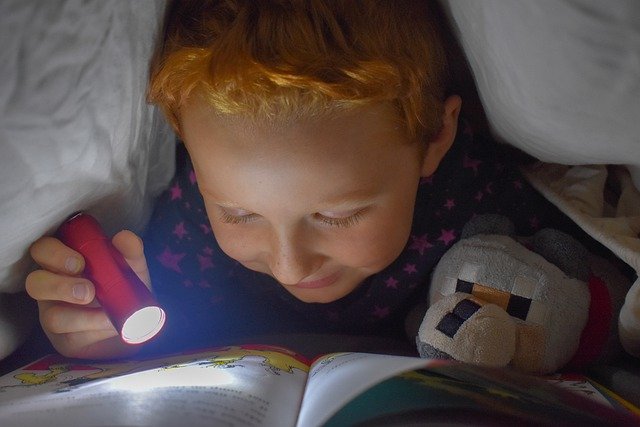Sign up for our daily edtech news briefing today, free.
I am a former US Army linguist, trained to be fluent in Spanish and Arabic linguistics for the 101st Airborne Division, US Army. I learned Arabic at the Defense Language school in Monterey, Calif. in a full immersion program — 6 hours a day, 5 days a week, for 63 weeks. My linguistic training helped me learn a variety of languages quickly and trained me to understand the fundamentals of how languages work.
Seventeen years ago, my son couldn’t read. He was turning 8 and was going into second grade, but he was not where he needed to be as a beginning reader. Prior interventions by the school were unsuccessful. So, I paused my career and homeschooled my son for a year with the main goal being to teach him how to read. I realized that he needed something outside the traditional way reading is taught — and I thought back to my own training in linguistics.
Not every child responds to the usual methods of learning to read. Some kids don’t like the repetitive work of learning “sight words.” Some kids get frustrated by the unusual spelling of English words. It’s so important to help kids feel comfortable and confident with reading at a young age.
Working with my son, I realized that there was a more inclusive way to teach reading. I drew upon my Army linguistic training: as Arabic language students, we learned the 2,000+ year old concept of diacritics.
Relying on this training, I designed a way of teaching reading that helped my son, and that is now helping thousands of other children. It’s called FUNetix® and it’s free.
Help kids “say” the words as they read
FUNetix is based on diacritics, a concept that dates back to the ancient Greeks, and that was adopted by the Arabic, Hebrew and Farsi languages to help children learn how to read. It is a method of applying little pronunciation marks to words in order to help new readers sound them out and learn to read correctly.
When kids can “say” the words as they read, it makes it easier for them to process and internalize meaning and unique spelling patterns. This is especially important in English, where so many words have the same letter patterns, but very different pronunciations and meanings!
How is a child supposed to know that the “ea” in the word “read” sounds different from the “ea” in the word “bread?” Or the “ea” in the word “heart,” or “Earth,” or “break?” FUNetix shows the missing sounds in the words by applying little pronunciation symbols to the words. It’s like “training wheels” for learning how to read.
For example, with FUNetix, the “ea” in the word “read” is underlined, with a little symbol of an eagle on top; the child learns that “if you see the eagle, that means that in this word, the ‘ea’ sounds like /ee/.” And the “ea” in the word “bread” is underlined, with an elephant’s trunk on top of that “ea,” so that if the young reader sees the elephant’s trunk, that means that the “ea” in that word sounds like “/eh/.”
FUNetix borrowed an ancient technique from other languages to help children recognize, sound out, and understand the words of English.
Learning to read should be fun
Too many kids get discouraged by the process of learning to read. Whether it’s sight words or repetitive exercises, spelling patterns that don’t make sense, letters that make different sounds in different words, or different letters that make the same sound, depending on the word… kids get frustrated, lose confidence or lose interest in reading; and every parent knows that that enthusiasm is hard to get back once it’s gone. Finding fun ways to keep kids engaged in learning to read, and then in the reading that takes place afterward, ensures that they will keep trying and keep growing.
R. Kali Woodward is the founding executive director of the American Youth Literacy Foundation, a 501 c3 whose mission is to bring literacy to every child before they finish third grade. Learn more about the FUNetix concept at www.FUNetix.org.
__________________________________________________________________________________________________
Like this article? Sign up for our Edtech news briefing to get news like this in your inbox, or check out all of SmartBrief’s education newsletters, covering career and technical education, educational leadership, math education and more.
More from SmartBrief Education:
- Using gamification for assessments
- Teacher-approved online math resources
- Adjusting lab learning in a post-pandemic classroom
- Distance learning while respecting students’ home lives
- 8 ways to make vocabulary instruction more effective
